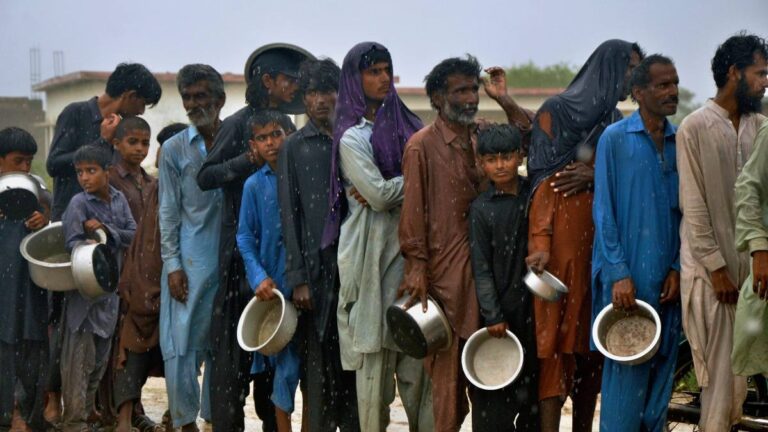
[ad_1]
In recent years, Pakistan’s economy has faced many difficulties, such as high inflation, a declining currency, and a growing debt load. Pakistan turned to the International Monetary Fund (IMF) through a bailout programme for help in resolving these problems.

However, difficulties in the discussions and the funding’s release have made the nation’s economic problems worse. We will examine the causes of Pakistan’s economic problems, the effects of the IMF bailout, and China’s contribution to financial support in this article.
Economic Challenges in Pakistan
Even before the COVID-19 outbreak and disastrous floods struck the nation, Pakistan was experiencing economic difficulties. High levels of inflation and the severe devaluation of the Pakistani rupee were already strains on the economy. The nation’s foreign exchange reserves also continued to be low, and its import cover was only adequate for a few weeks. Consumer prices skyrocketed as a result, and Pakistan’s external debt increased to frightening proportions, placing the nation at risk of default.
The International Monetary Fund’s Function
Pakistan requested a bailout from the IMF through the Extended Fund Facility (EFF) programme in order to solve its economic problems. The EFF programme is intended for nations with medium-term balance of payments issues brought on by structural flaws. The financial support from the IMF is subject to requirements that call for the achievement of medium-term structural changes. The bailout package for Pakistan was initially set at $6.5 billion, but in 2019 it was upgraded to $7 billion.

Difficulties in IMF Bailout Negotiations
The IMF and Pakistan’s negotiations have run into a number of obstacles, which has caused delays in the payment of funding. Concerns about Pakistan’s proposed fiscal reforms and outside funding sources have been raised by the IMF. The Fund has emphasised the need for market-determined exchange rates, a reduction in untargeted subsidies, and tackling circular debt in the energy sector. On the other hand, political opposition and the necessity to find alternative financial sources have made it difficult for Pakistan to implement these reforms.
Effects of China’s Financial Assistance
In spite of the difficulties encountered during the IMF bailout, China has been instrumental in helping Pakistan with its financial situation. Pakistan has received a $700 million loan from the Chinese government through its development bank, which will increase Pakistan’s foreign exchange reserves. However, as China currently holds over 30% of Pakistan’s external debt, adding to the burden of the country’s already soaring debt. Comparative to other lenders, China likewise charges higher interest rates.
Effects of China’s Support and the IMF Bailout
Once authorised, the financial support from the IMF will give Pakistan a much-needed policy anchor and open the door for assistance from other multilateral and bilateral partners. However, Pakistan faces difficulties as a result of the bailout requirements, particularly during an election year when fundamental reforms must be implemented. Additionally, the financial assistance from China has its own set of repercussions, such as increasing debt commitments and higher interest rates.
Pakistan’s Options and Outlook for the Future
Pakistan’s immediate alternatives for resolving its economic problems include obtaining funding from other multilateral lenders and starting conversations with bilateral creditors about debt restructuring. Countries like Saudi Arabia, the United Arab Emirates, and Qatar have promised to financially support the nation, which will bring some comfort. However, Pakistan’s economy’s long-term viability hinges on its capacity to carry out essential reforms, draw in outside capital, and diversify its revenue streams.
[ad_2]
Source link